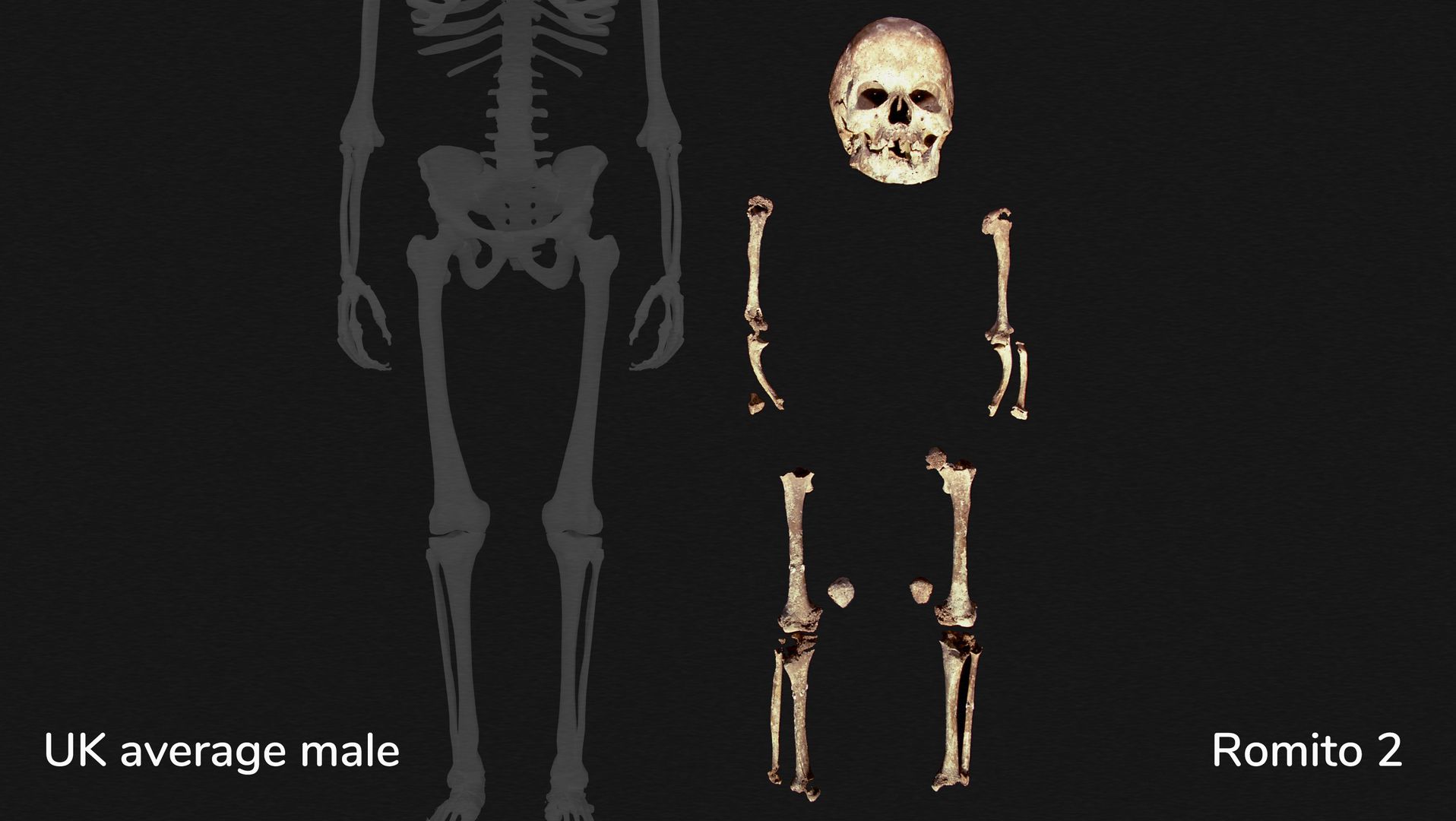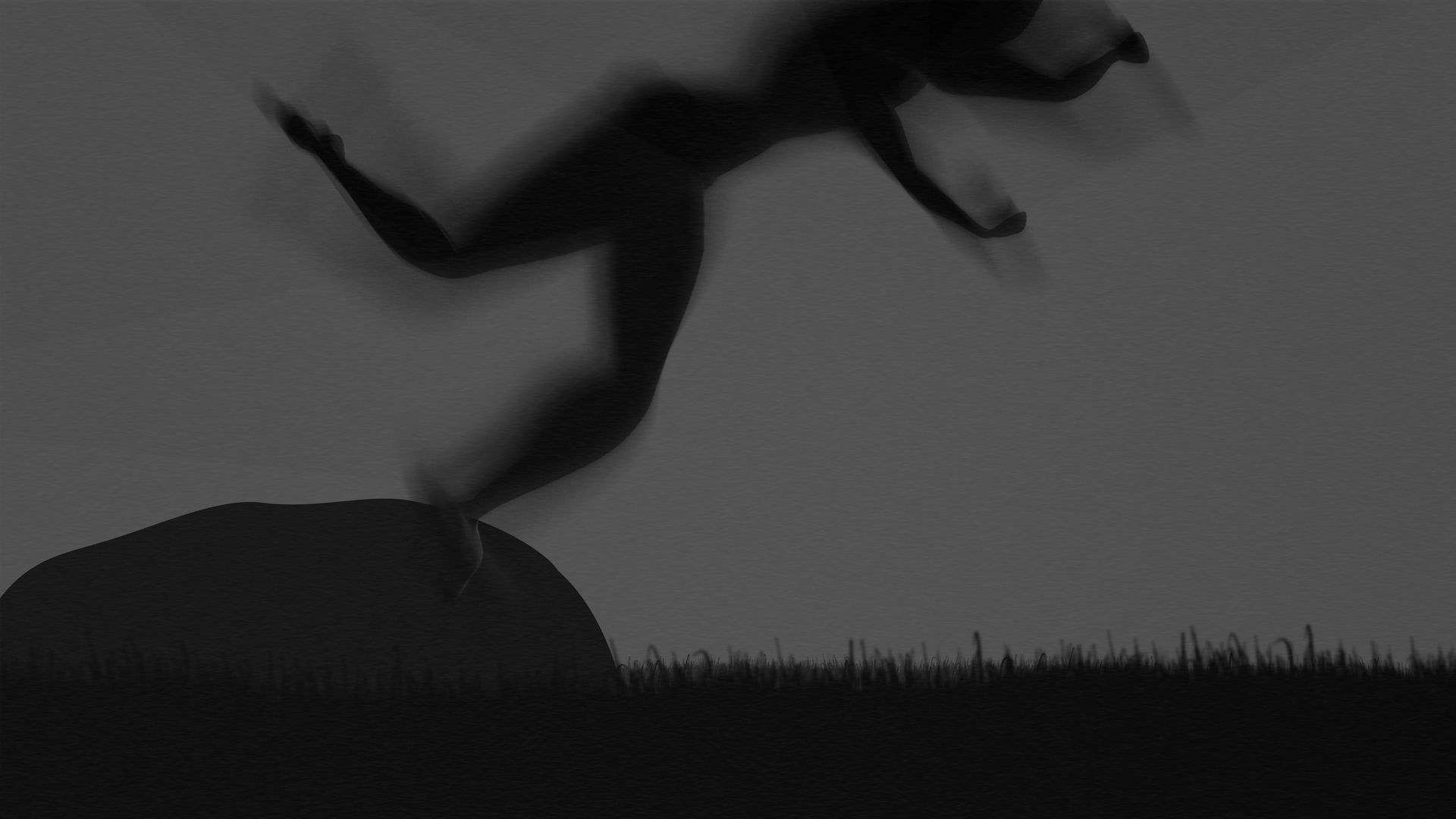

Just like today, people in the past sometimes got sick and injured.
We can look at evidence of recovery from illness and injury, and support for disability in the past to give us a better idea of if and how people were cared for.
Explore the examples below to look for clues for care in the distant past. While you look over the evidence, think about how their illness, injury or disability would have affected their everyday life, and the lives of the people around them. Would they have needed around-the-clock care, or would they simply have needed a little aid from others every now and then?
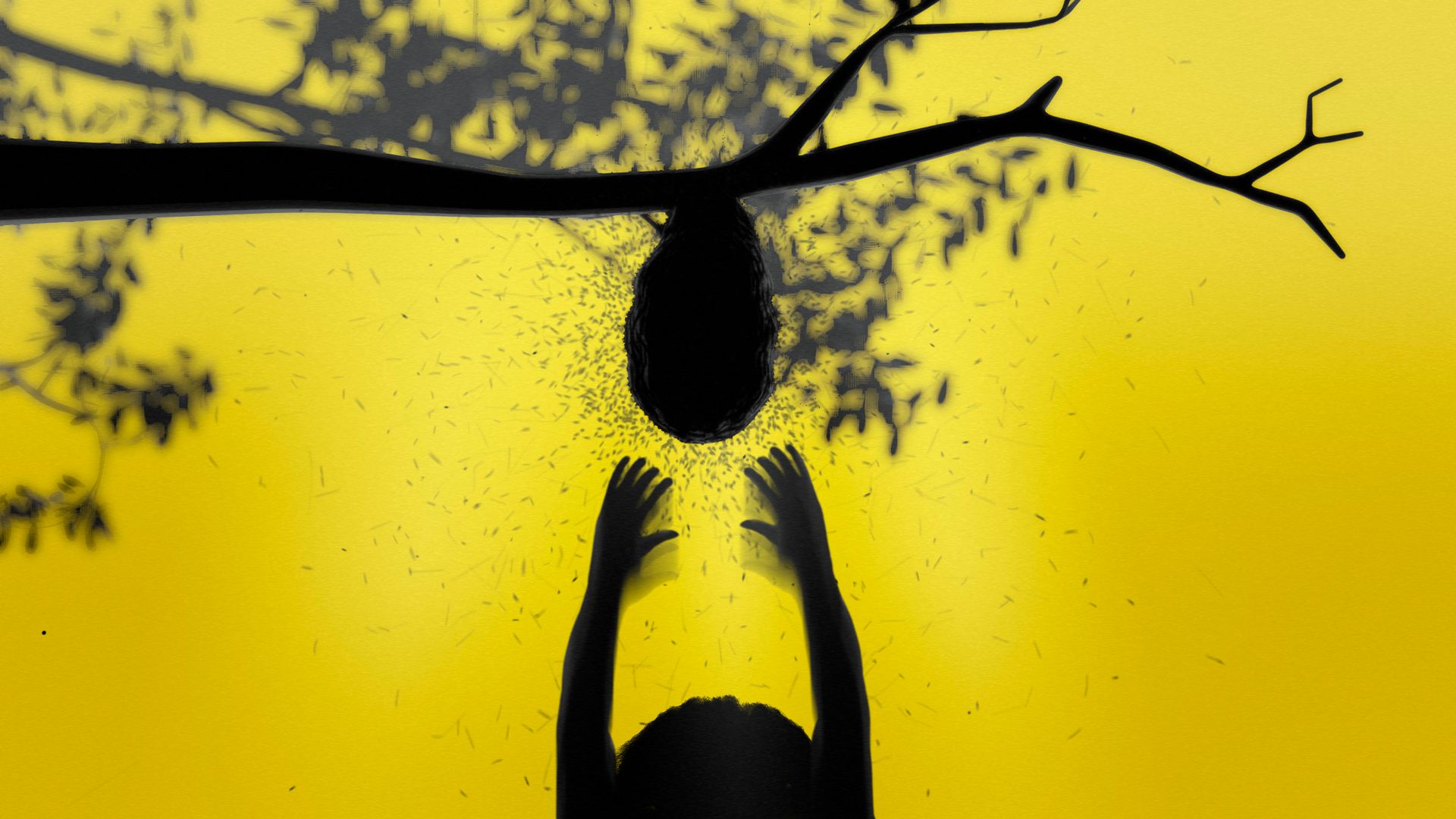
Kenya
Around 1.5 million years ago
An early human woman
The only evidence we have of this individual is a femur . The bone has an irregular outer layer of bone (which you can see in the picture below), which probably a result of a serious illness.
It looks like this woman had ‘hypervitaminosis A’ (an overdose of vitamin A), which can be caused by eating carnivore liver or bee brood. Both foods are an amazing source of energy, but too much can make you very ill.This woman would have been ill for weeks, perhaps even months, and the illness which caused the extra bone on her legs was most likely the cause of her death. An overdose of vitamin A would have caused her a lot of pain for a long period of time - weeks or even months - before her death.
People at this time were nomadic , and had to hunt and gather their food. How would this woman’s illness have affected her ability to keep up with the group?
What sort of help might her group have provided?
What does the treatment of this woman tell us about the rules and values of her group?
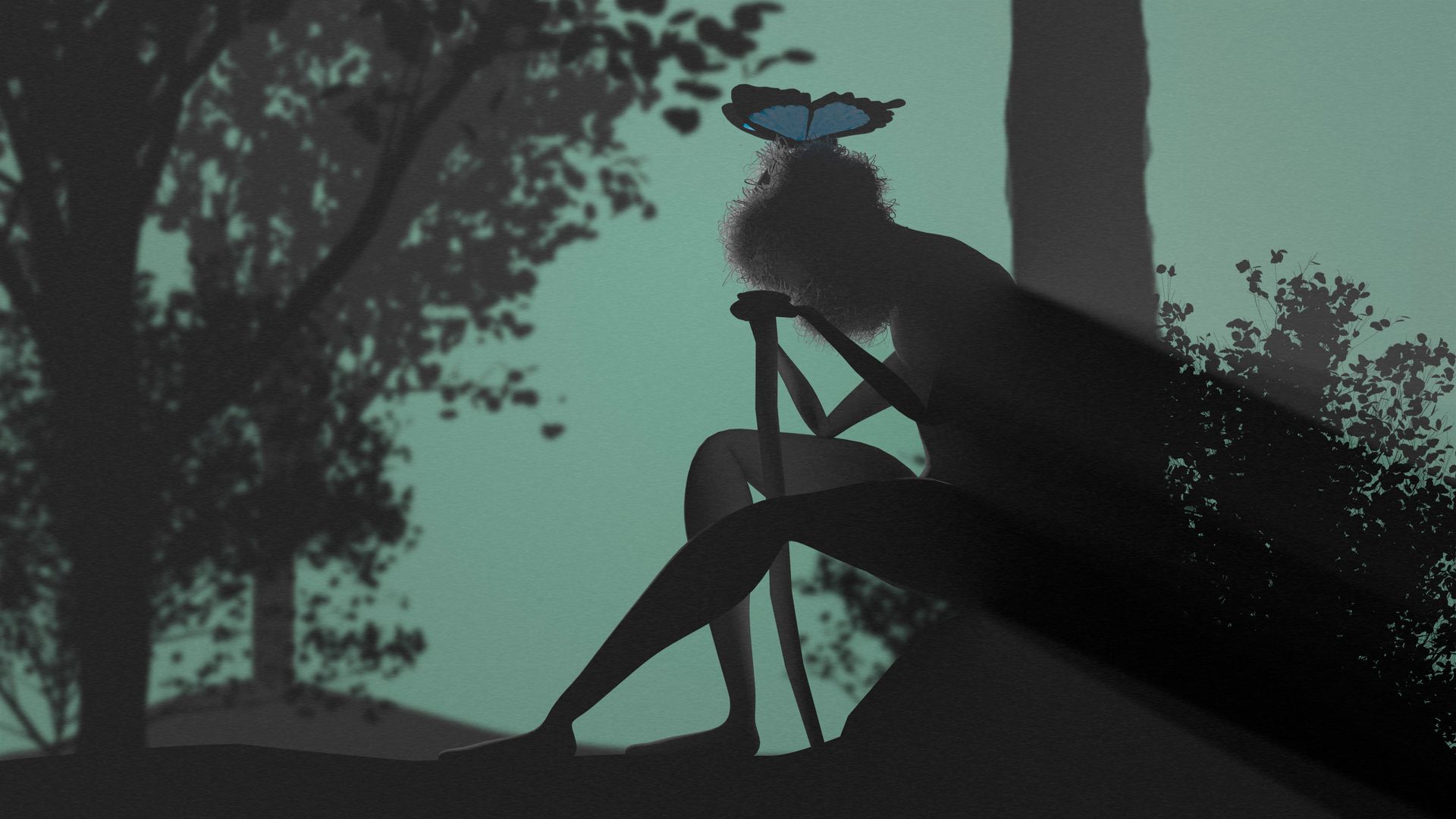
France
Around 60,000 years ago
This person was a Neanderthal man, aged between 25 and 40.
He had severe osteoarthritis in his spine and shoulder joints, as well as arthritis of the jaw. His left hip was breaking down and infected.
He had also lost a large number of his teeth long before death, and had severe gum disease.
The osteoarthritis in his back and shoulder, and his hip problems, would have affected his ability to move. The problems with his jaw and mouth would probably have made it quite difficult to chew food.
People at this time were nomadic , and had to hunt and gather their food. How would this man’s illness have affected his ability to keep up with the group?
Think about how the group or others would relate to this man. What sort of help might they have provided?
What does the treatment of this man tell us about the rules and values of his group?
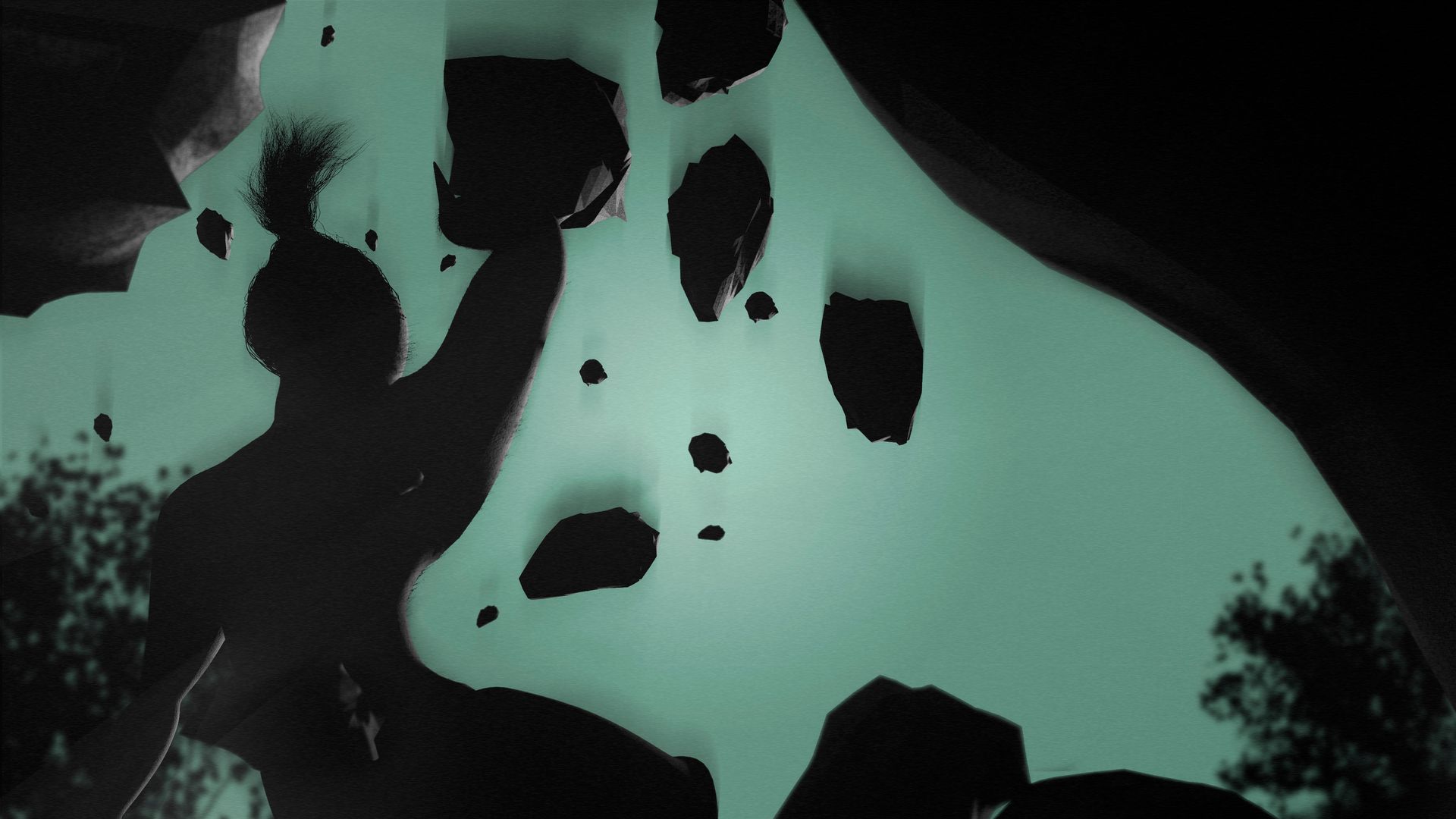
Shanidar Cave, Iraq
Around 40,000 years ago
This was a Neanderthal man, who was aged between 35 and 50.
While he had accumulated many injuries by the time he died, they had healed long before death. His injuries may have been the result of a rock fall.
His right arm had withered, and he had lost his lower arm and hand. The arm had been fractured but had healed, though he may have been paralysed on his right side.
A blow to the face had healed completely, but one side of his face was permanently deformed, with blindness in one eye and a hearing impairment.
His leg and foot bones were misshapen, and he probably would have had a painful limp.
He would have had much more limited mobility, struggled to hear and see and wouldn’t have been able to walk as far as others.
People at this time were nomadic , and had to hunt and gather their food. How would this man’s injuries have affected his ability to keep up with the group?
What sort of help might he have needed?
What can the evidence of the Shanidar Man tell us about the values of his group?
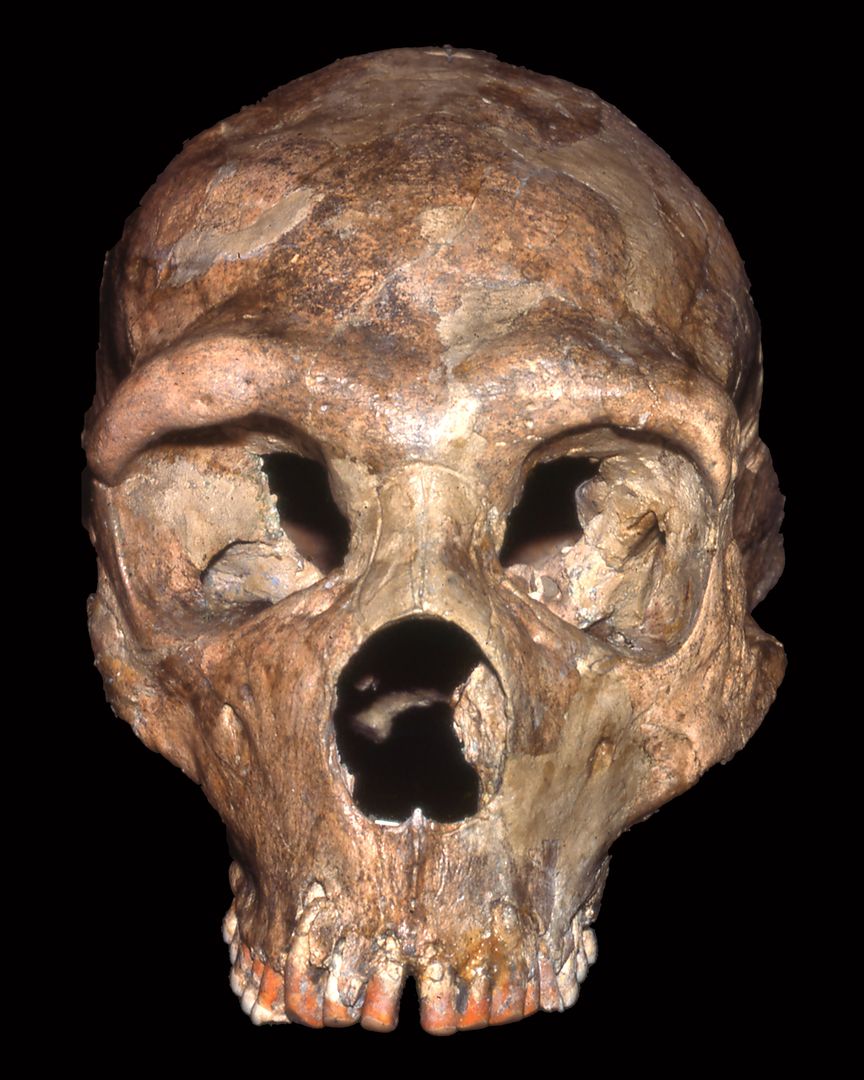
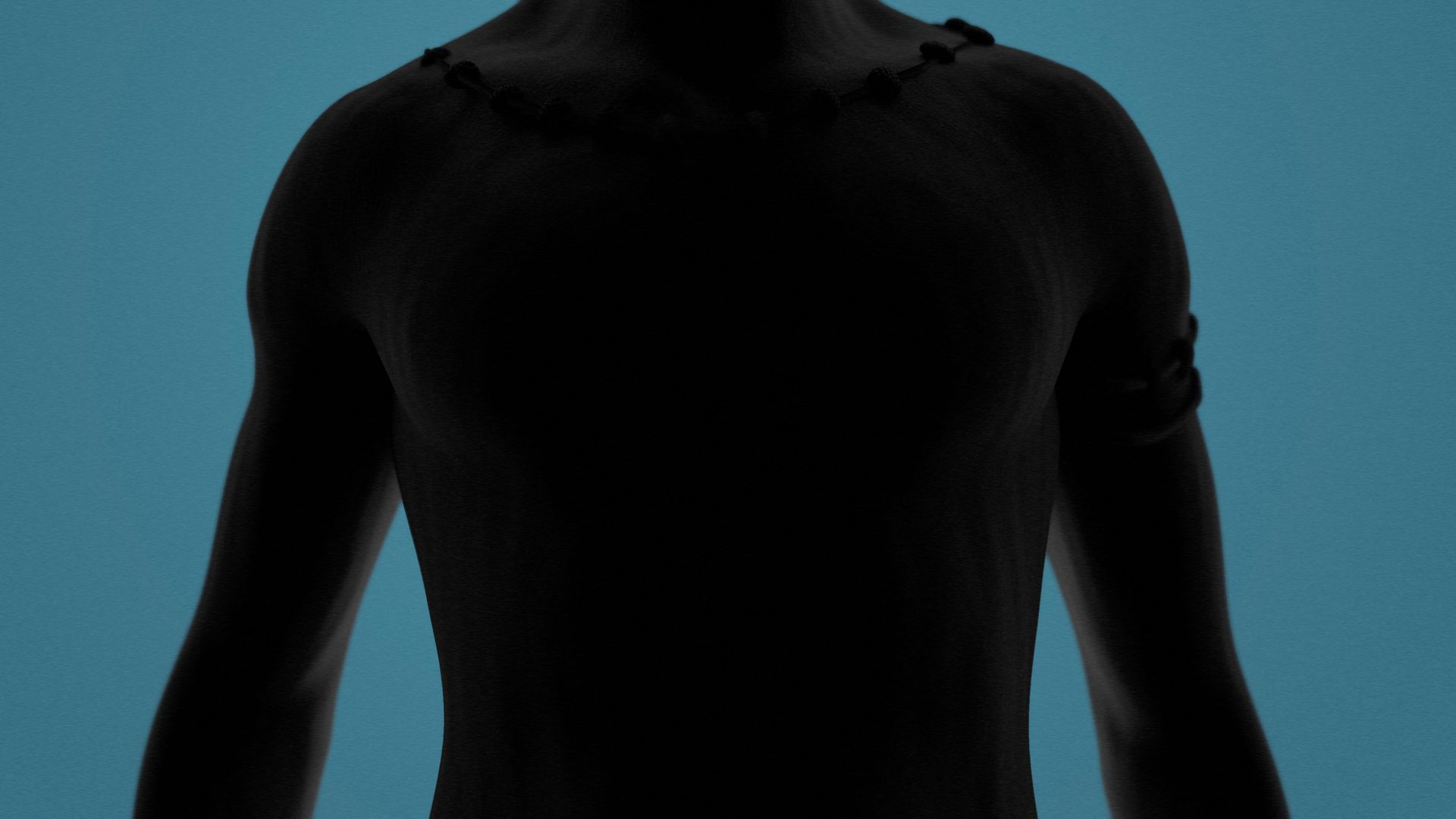
Galilee, Israel
Over 20,000 years ago
These are some of the remains of a man who was in his mid-30s when he died.
Some time prior to death, he had suffered a traumatic injury to the chest, which had become infected.
His damaged rib bones had regrown in such a way that he would have had a reduced lung capacity, making it more difficult for him to breathe.
As a result, he would have struggled to work for long periods of time.
People at this time were nomadic , and had to hunt and gather their food. How would this man’s injuries have affected his ability to keep up with the group?
Think about the group as a whole. How would they relate to this man and how would they have helped him?
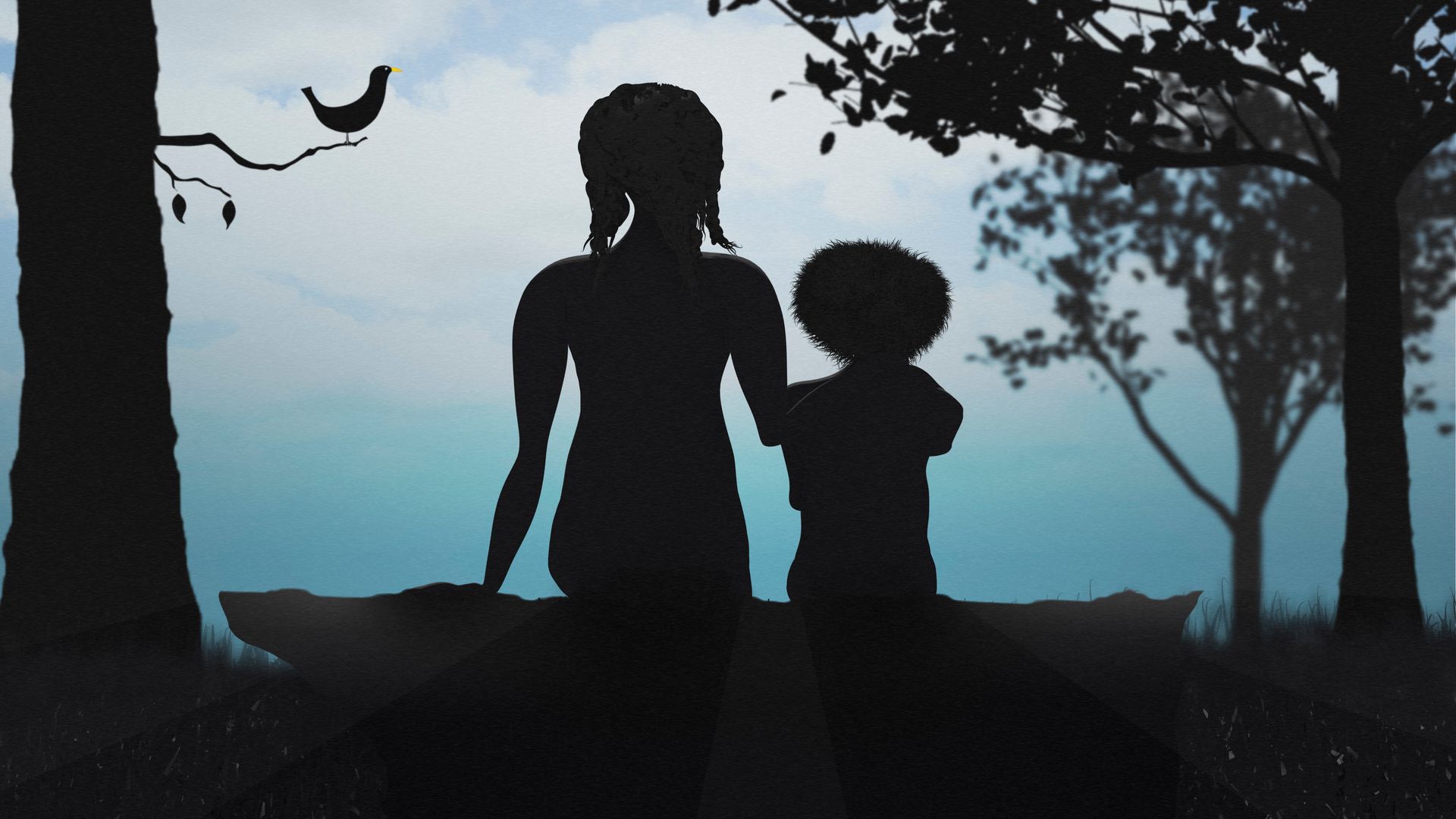
Romito Cave, southern Italy
Around 11,000 years ago
This individual was a man, who would have been between 17 and 20 years old when he died. He was buried with an older woman.
He was 120cm tall, and had a form of dwarfism.
He would have looked different to the others in his group, and as a child may have taken longer to develop and walk. Physically, he would have had a limited range of movement in his arms and hands. He would have had mobility issues, struggling to walk for long periods of time without getting very tired, and his strength would have been more limited
Despite these difficulties he was healthy and received a careful burial, suggesting he was treated exactly the same as the rest of his group.
People at this time were nomadic , and had to hunt and gather their food. How would this man’s physical constraints have affected his ability to keep up with the group?
What does the treatment of the Romito man tell us about the rules and values of his group?
